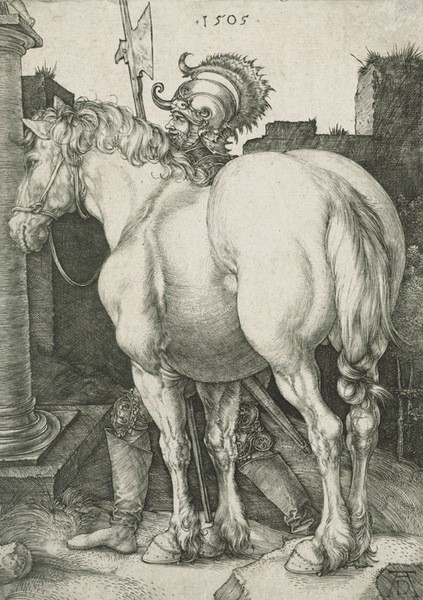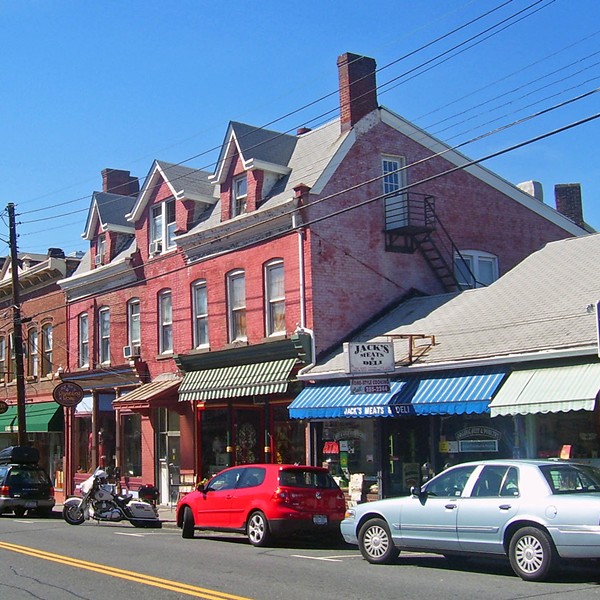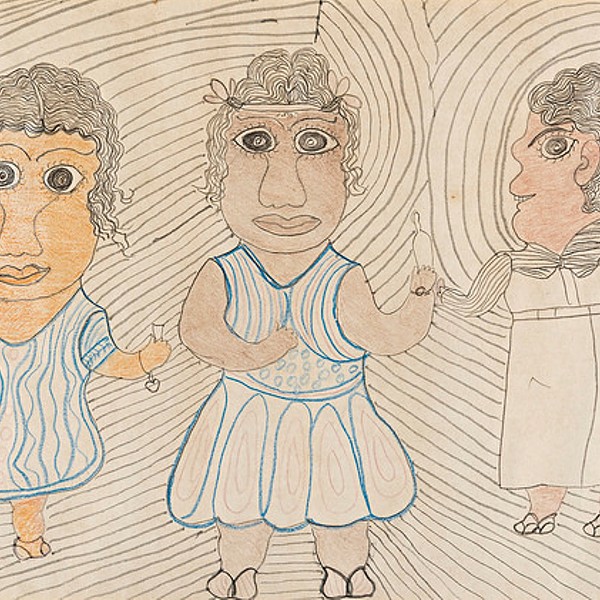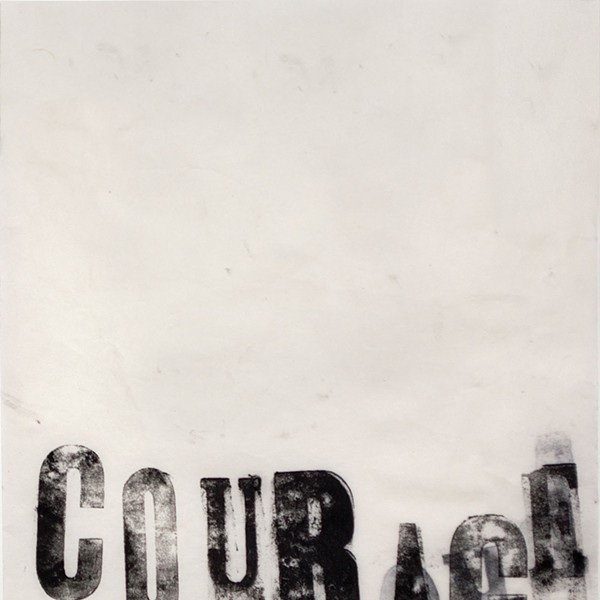The foremost artist of the Renaissance in Northern Europe, Albrecht Dürer (1471-1528)worked with many mediums, including watercolor and oil, but it was his prints that “transformed the craftsmanlike tradition of printmaking into an independent art form,” explains Patricia Phagan, the Philip and Lynn Straus Curator of Prints and Drawings at Vassar College. The college, which holds the world-class Felix M. Warburg print collection, is exhibiting “Albrecht Dürer: Impressions of the Renaissance” at the Frances Lehman Loeb Art Center through December 24. “Dürer didn’t see prints as inferior,” says Phagan. “He saw them as superb as an art and as a profession.” In his prints, Dürer’s focus on proper proportions of figures, as in Hercules at the Crossroads, showed talent that exceeded that of his predecessors and contemporaries, including his mentor Michael Wolgemut. Dürer’s achievement came to represent a change in the reputation of printmaking that rocked the art world.
In Nuremberg, where he spent his youth, Dürer learned to work in a deliberate decorative style, according to Phagan. With his godfather, Anton Koberger, one of Nuremberg's most prominent print publishers, Dürer was introduced to leading intellectuals and theorists, including Willibald Pirckheimer, Desiderius Erasmus, and Philip Melanchthon. Dürer may have even submitted his early artwork to his godfather’s publication, the Nuremberg Chronicle, an encyclopedic book of world history, including print artwork.
What is most significant about Dürer’s style, Phagan notes, is how he “fused his concern for lifelike effects with his wonderful imagination.” Dürer’s work came to reflect emerging Renaissance ideals, marrying the grandeur and precision of classical antiquity to emerging humanist principles. Erwin Panofsky explains in The Life and Art of Albrecht Dürer that “Dürer was the most patient observer of realistic details and was enamored of the most objective of all techniques, line engraving in copper; yet he was a visionary, full of inward figures.” Dürer’s chosen medium encompassed the complexity of his mind in the intricacy of his work.
Of the 41 works that will be featured at the Loeb, 19 prints by Dürer will be displayed, the Latin edition of the Nuremberg Chronicle, and work by his contemporaries, including Marcantonio Raimondi and Georg Pencz.
“Albrecht Dürer: Impressions of the Renaissance” will be on display at the Frances Lehman Loeb Art Center at Vassar College through December 24. A lecture by exhibition curator Patricia Phagan, followed by a reception, will take place on November 19 at 5:30pm. (845) 437-5632; www.fllac.vassar.edu.

















